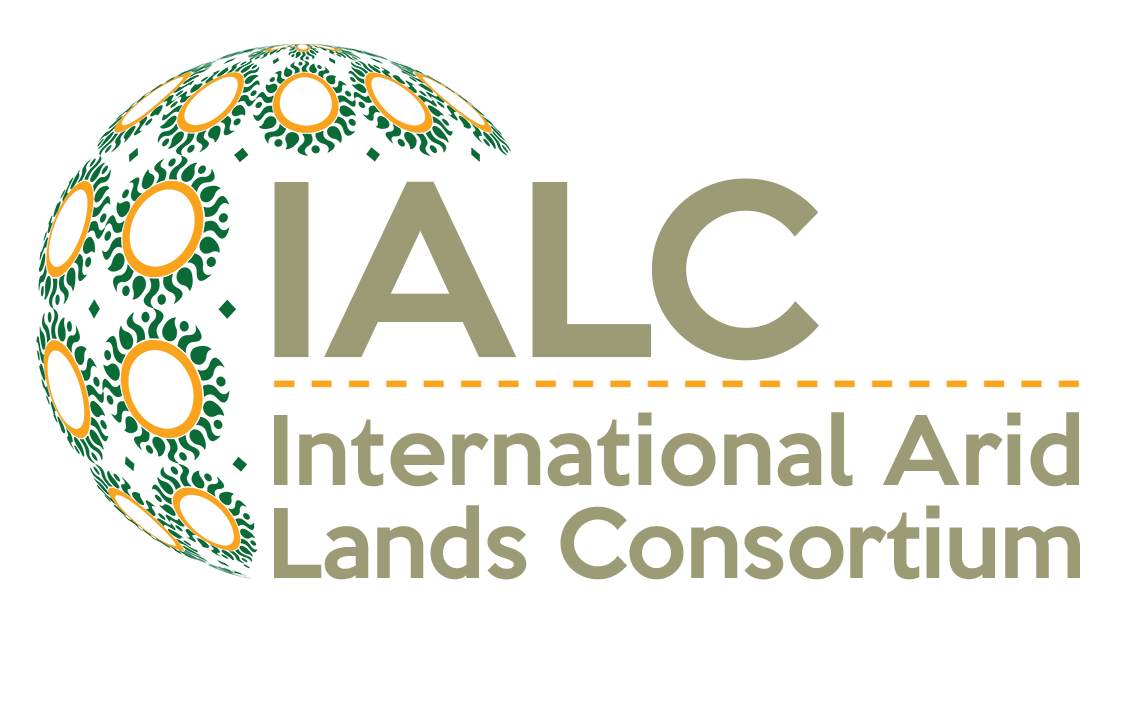Wildlife Rangeland Monitoring by Remote-Sensing of Negev Desert
Investigators (most current known information)
Proposal Abstract
This report is divided into a number of sub-reports detailing the various distinct aspects of the project. The overall conclusions of this project are provided in brief:
- Ground-truthing: We analyzed five years of data on 22 permanent vegetation plots in Makhtesh Ramon. We found that the effects of the onagers on the vegetation are relatively small, and depend on the amount of rainfall and vegetation cover among years. In recent years, the effects on the vegetation have increased, with an approximately 15% difference in vegetation cover between fenced and unfenced plots.
- Tripod Photography: This technique was also not sufficiently precise to accurately differentiate plant communities. Inaccuracies crept in due to the difficulty in taking photographs of the entire plots with one photograph, resulting in gaps and thus missing information in parts of some plots. Accuracy of this technique was low (46%) although it is likely to be as high as for helicopter photographs if more sophisticated image processing had been applied. The process of installing the tripod was very time-consuming and destructive of vegetation. This technique is not recommended.
- Helicopter Photography: This technique was also not sufficiently precise to accurately differentiate plant communities. However, one can identify some prominent plants to species level using this technique, which is an advantage over satellite image analysis. After appropriate corrections were made, the degree of matching between % plant cover estimates and actual cover were reasonably good (80-90%). However, it is not known how successfully this technique can be extrapolated to other areas where the vegetation is not known (which indeed is the main purpose of this project). Also, difficulty in taking photographs that are not oblique is great, causing considerable inaccuracy. Helicopter photographs are also very expensive.
- Satellite Image Analysis: The image-processing techniques and indices used to measure vegetation cover are highly sensitive to the amount of background reflectance from the surrounding rock and soil surfaces. In deserts, this problem is particularly acute because the ration of vegetation cover to bare background is very low. We found that an index called TSAVI, which corrects for background soil and rock reflectance, considerably improved our ability to differentiate among different levels of vegetation cover. We were not able to use this technique to identify plant communities. Using this technique, we found that differences in vegetation cover between seasons and particularly among years were greater than the differences caused by onagers. Thus, we believe that this technique is not sensitive enough to use in the current situation and may only be of use should the effects of the onagers on the vegetation increase substantially.
Overall Conclusions: Our overall conclusions are that all three remote sensing techniques are not currently very suitable for monitoring the effects of herbivory on desert vegetation. All of these techniques are only suitable for rough estimates of vegetation cover and are not capable of discerning different vegetation types or communities. Furthermore, interference from background soils, high cost and the large amount of time necessary for the processing of the images all minimize the suitability of such techniques. Until there are further advances in remote-sensing technology, we believe that research funds would be better spent in setting up a larger number of permanent vegetation plots in a wide variety of vegetation types and employing a technician to do the ground-truthing each year. Ground-truthing, in addition to being more accurate, is also much cheaper and actually takes less time than the processing of photographs and satellite images.
Outcome
Articles in Journals
Ward, D., D. Saltz and L. Olsvig-Whittaker. 2000. "Distinguishing signal from noise: Long-term studies of vegetation in Makhtesh Ramon Erosion Cirque, Negev Desert, Israel." Plant Ecology 150:27-36.
Saltz, D., H. Schmidt, M. Rowen, A. Karnieli, D. Ward and I. Schmidt. 1999. "Assessing grazing impacts by remote sensing in hyper-arid environments." Journal of Rangeland Management 52:500-507.
Ward, D., D. Saltz, M. Rowen and I. Schmidt. 1999. "Effects of grazing by re-introduced Equus hemionus on the vegetation in a Negev Erosion Cirque." Journal of Vegetation Science 10:579-586.

